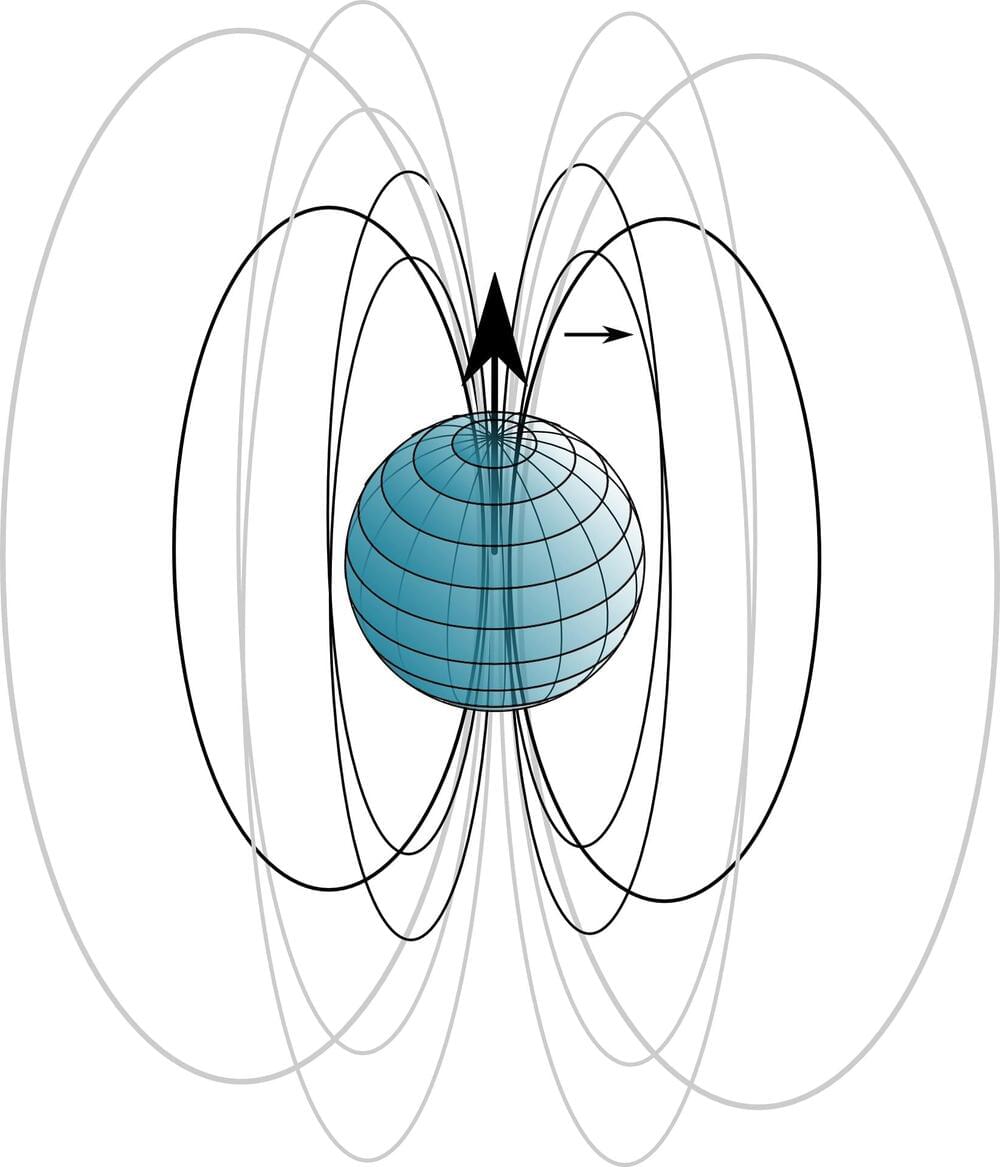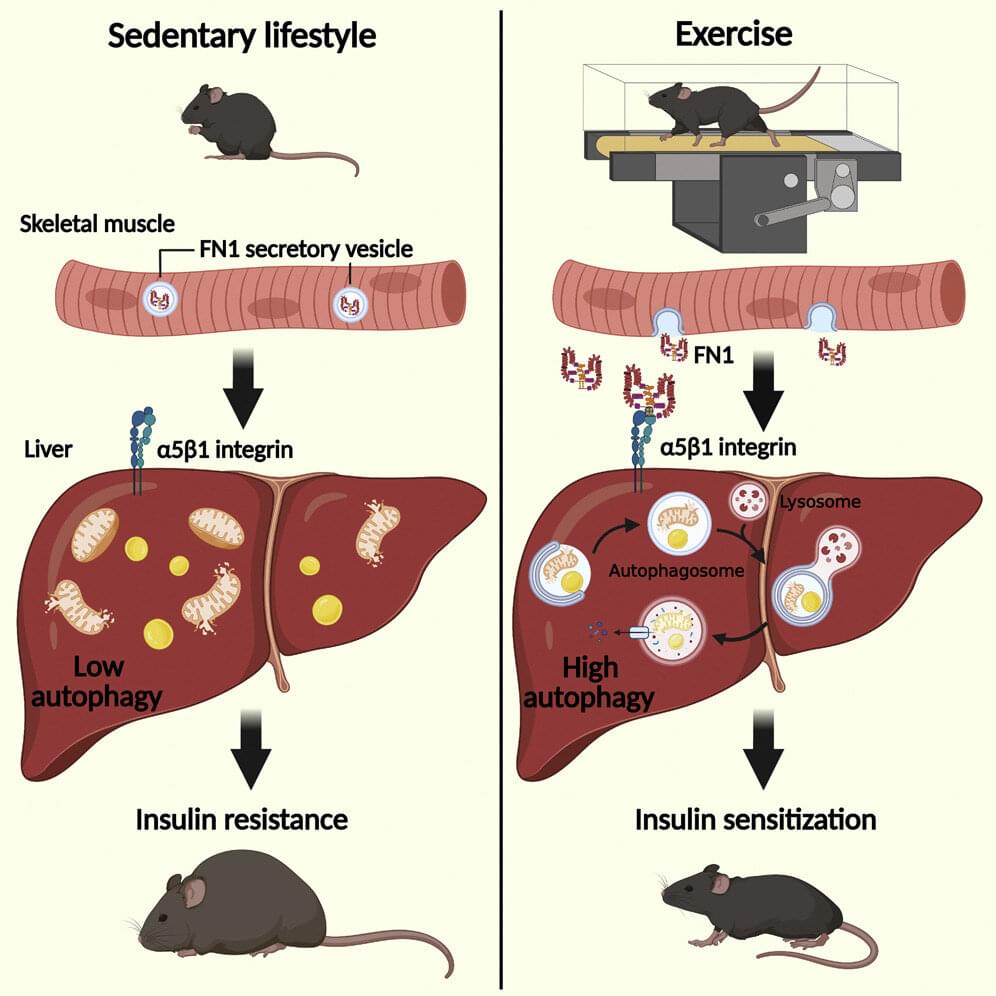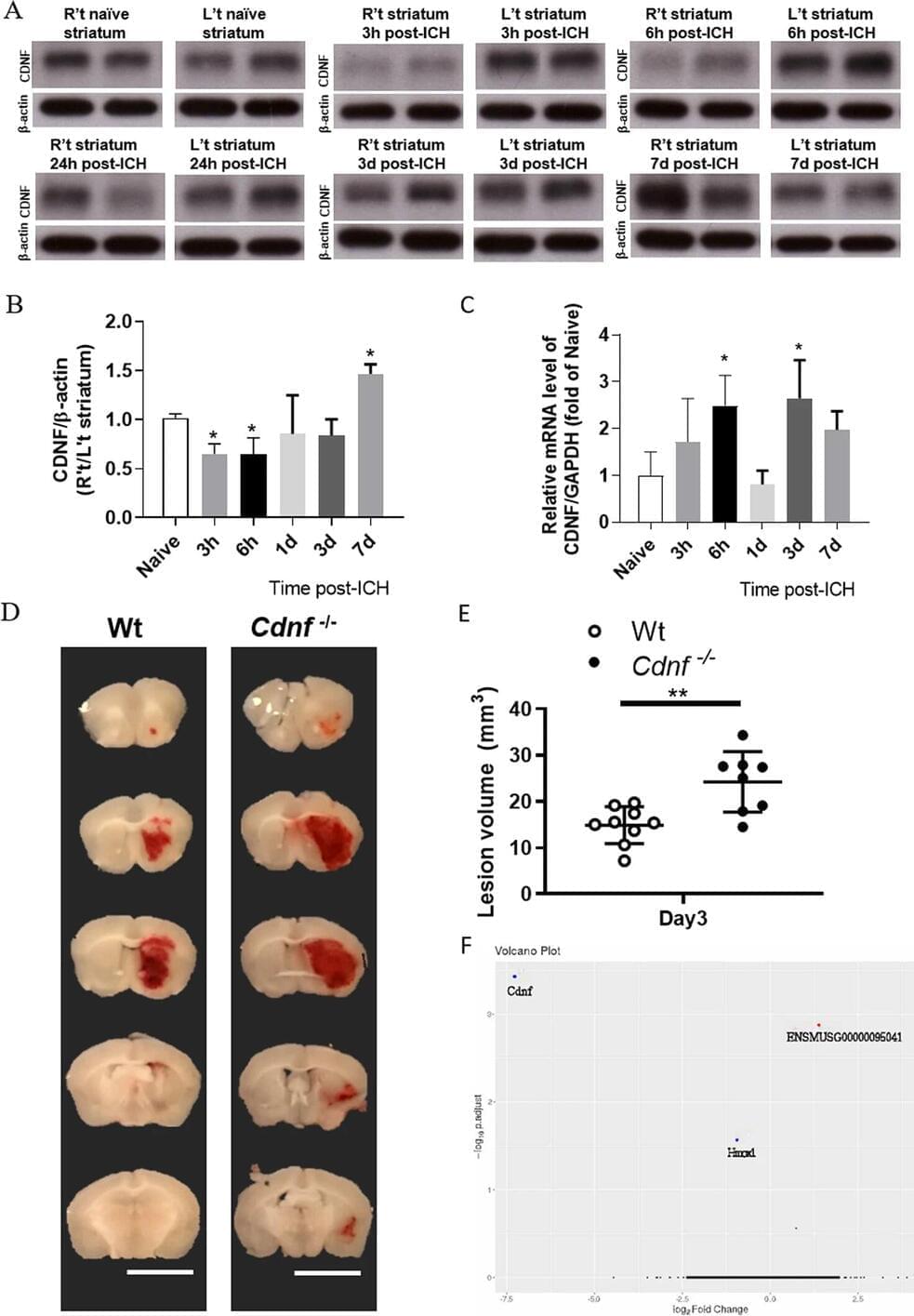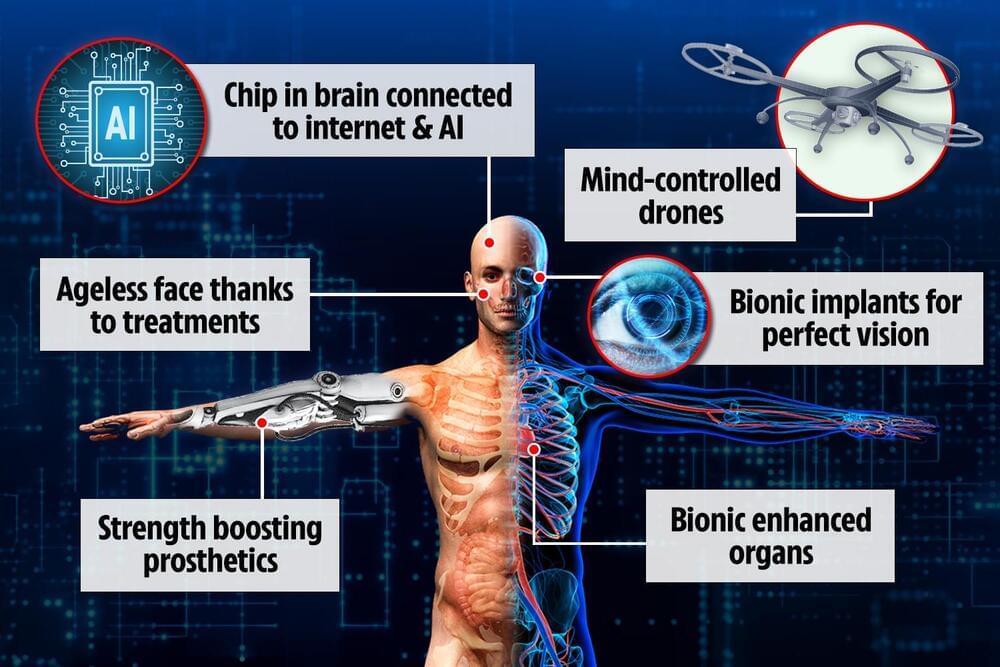Compass readings that do not show the direction of true north and interference with the operations of satellites are a few of the problems caused by peculiarities of the Earth’s magnetic field.
The magnetic field radiates around the world and far into space, but it is set by processes that happen deep within the Earth’s core, where temperatures exceed 5,000 degrees Celsius.
New research from geophysicists at the University of Leeds suggests that the way this super-hot core is cooled is key to understanding the causes of the peculiarities—or anomalies, as scientists call them—of the Earth’s magnetic field.








